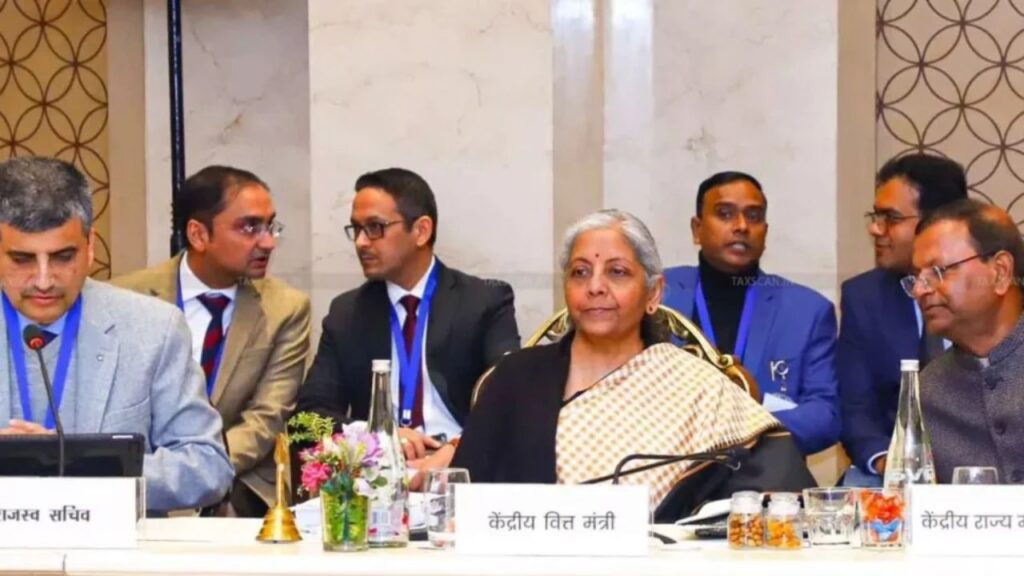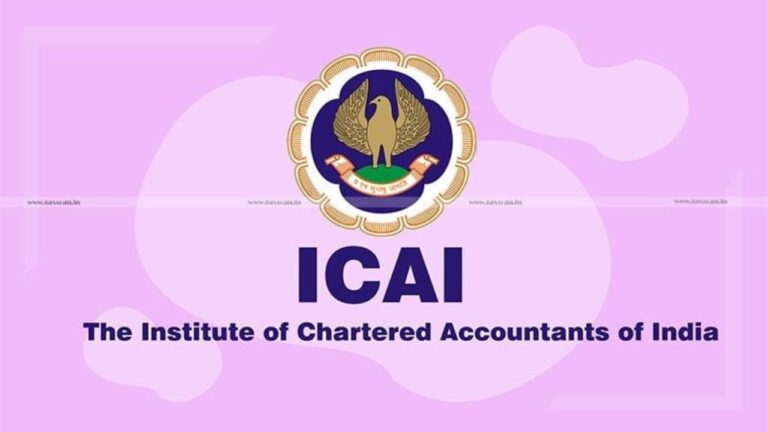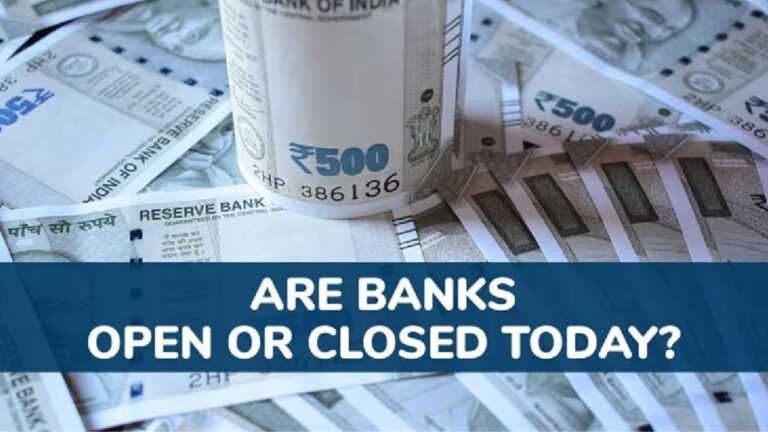
The 56th meeting of the Goods and Services Tax (GST) Council, chaired by Union Finance Minister Nirmala Sitharaman, commenced in the capital today with a strong focus on overhauling India’s indirect tax structure. Scheduled to run through September 4, the meeting is widely expected to take up the long-debated issue of rate rationalisation.
Key Proposals Under Discussion
- Shift to Two Slabs: The Council is considering replacing the current four-tier GST structure of 5%, 12%, 18%, and 28% with a simpler two-rate system – 5% for essentials and 18% for non-essentials.
- Special 40% Slab: A new highest bracket of 40% is likely to be introduced for “sin goods” such as tobacco, pan masala, and luxury cars priced above ₹50 lakh.
- Cheaper Essentials: Everyday food items including condensed milk, dried fruits, frozen vegetables, jams, pasta, sausages, and traditional snacks like bhujiya and namkeens may see GST reduced from 12% to 5%.
- Electronics & Consumer Durables: Products like refrigerators, air conditioners, washing machines, and select televisions, currently taxed at 28%, are likely to shift to the 18% slab, making them more affordable for households.
- Insurance and Education: A proposal to either exempt or reduce GST on health and life insurance premiums, along with lower rates for education services, is also on the table.
Impact on Sectors
As per government projections, at least eight industries—textiles, agriculture, handicrafts, fertilisers, health, insurance, renewable energy, and automobiles—stand to gain from the rationalisation move. Automobiles, in particular, remain in focus with entry-level cars expected to fall under the 18% slab, while premium vehicles may attract the proposed 40% rate.
States’ Concerns and Political Support
While several states, including Assam and Andhra Pradesh, have extended support to the Centre’s reform push, opposition-ruled states have sought compensation for potential revenue losses. Jharkhand’s Finance Minister, for instance, warned that the state could lose nearly ₹2,000 crore under the new structure unless compensated by the Centre.
Expected Benefits
Analysts suggest that cheaper consumer goods, medicines, food, and agricultural equipment will benefit farmers and households, boosting disposable incomes and consumption. Reduced tax burdens on FMCG, insurance, and electronics could also provide a fillip to economic growth by spurring demand across sectors.
The Road Ahead
With around 175 items likely to be shifted to lower tax brackets, the Council’s decisions are expected to significantly reshape India’s GST framework. However, the challenge of balancing state revenues with consumer relief will remain at the heart of the discussions.
The meeting will continue tomorrow, with final decisions and official notifications expected thereafter.





